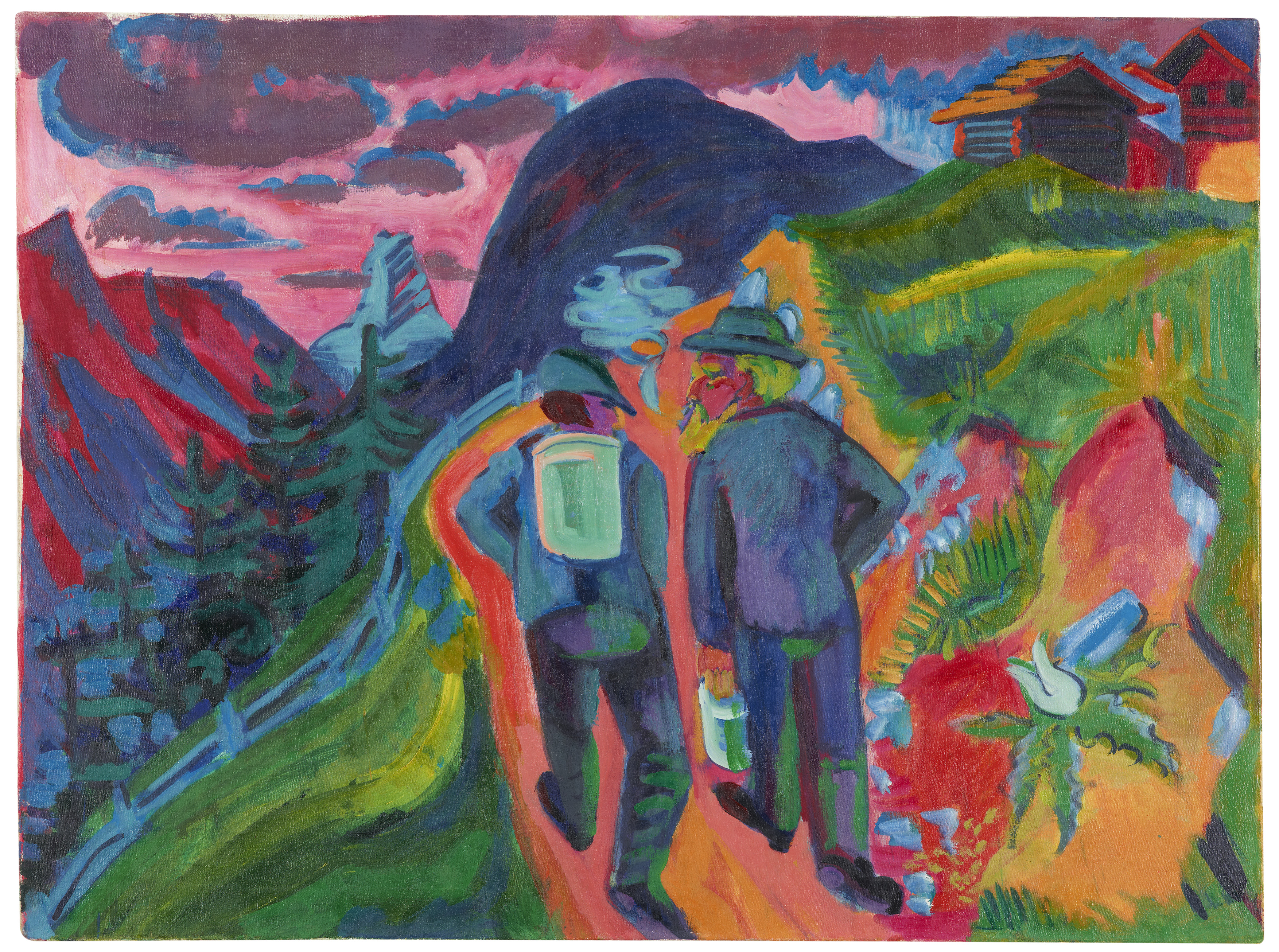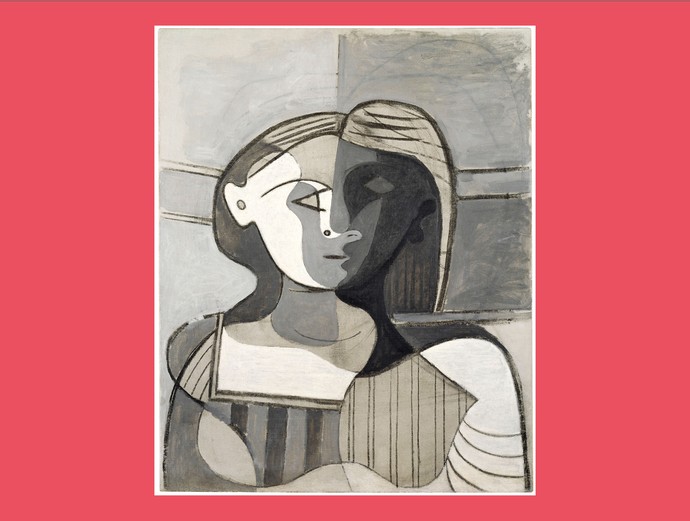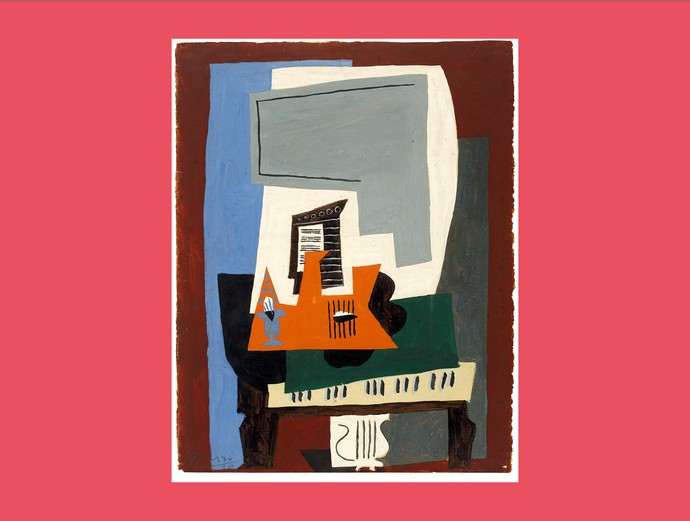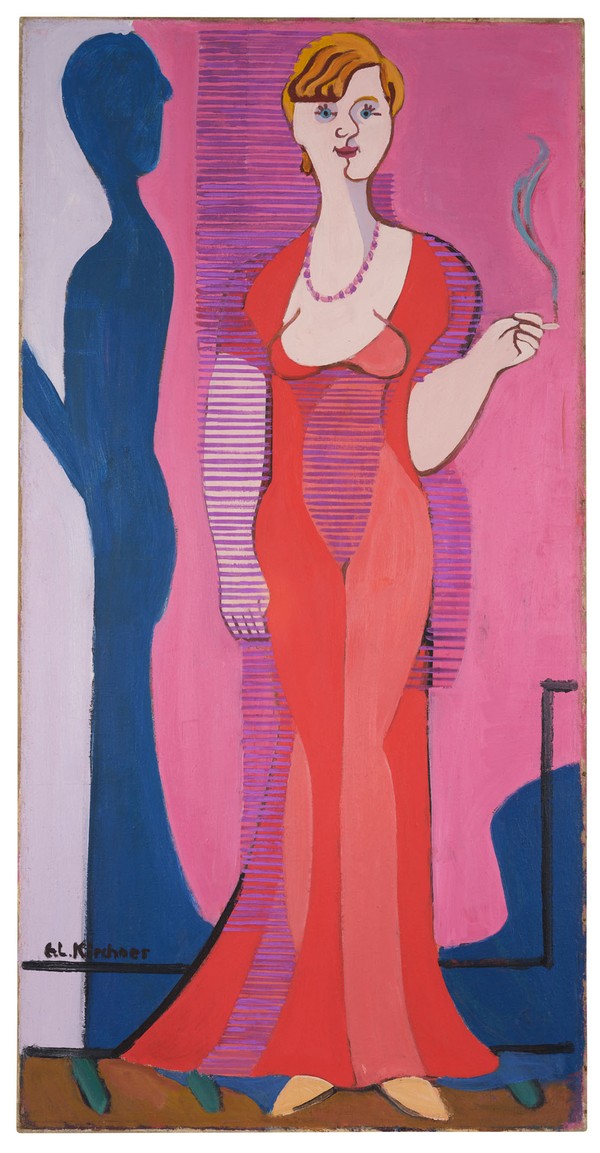Kirchner. Picasso
From the vibrant life of the big city to the intimacy of the studio and the stillness of the mountains: At the beginning of the 20th century, Ernst Ludwig Kirchner and Pablo Picasso bore witness to a new era, with their works speaking of change, crisis and passion. The exhibition "Kirchner. Picasso" at the LWL-Museum of Art and Culture in Münster is the first to explore these two singular artists and their surprising parallels in such depth. Though they never met in person, their pictorial worlds and styles converged. Beginning in September, 100 works from major European museums will highlight the similarities and contrasts between two of the most important modernist artists.
An exhibition by the LWL Museum für Kunst und Kultur, Münster, and the Kirchner Museum Davos.
LWL-Museum für Kunst und Kultur, Münster
26.9.2025 – 18.1.2026
Kirchner Museum Davos
15.2. – 3.5.2026
Supported by the LWL-Kulturstiftung, the Stiftung Kunst³, the Stiftung der Sparkasse Münsterland Ost and the Ernst von Siemens Kunststiftung.
Additional Museum Hours
Special opening hours apply from October 16, 2025:
Tuesday and Wednesday, Saturday and Sunday (and public holidays): 10 am - 6 pm
Thursday and Friday (and public holidays): 10 a.m. - 8 p.m.
Every second Friday of the month: 10 a.m. - midnight (free admission from 6 p.m.)
Tours
Tours through the exhibition
Tuesday, 4.15 p.m.
Wednesday and Friday, 12.15 p.m.
Thursday, 3.15 pm
Saturday and Sunday, 11.15 a.m., 2.15 p.m. and 4.15 p.m.
On Sunday, October 5 (Family Day), there will be no regular tours of the “Kirchner. Picasso” exhibition. Instead, there will be family tours of the exhibition at the usual times (11:15 a.m., 2:15 p.m., and 4:15 p.m.).
Special Events
„Göttinnen und Fußabstreifer": Die Frauen und Picasso (“Goddesses and Doormats”: Women and Picasso)
Literary discussion with journalist and publicist Rose-Maria Gropp
Thursday, October 23, 7:30 p.m., admission €10 / reduced €5
Theme night: The myth of Spain: sun, beach, and... Picasso
Panel discussion on the image of Spain in Germany. Also in combination with a tour of the exhibition “Kirchner. Picasso.”
Discussion: Tuesday, October 28, 7:30 p.m., admission €10 / €5 reduced.
Talk + tour: Tuesday, October 28, starting at 6 p.m., admission €18 / €13 reduced.
A collaboration between Münsterland Festival part 13 with the Spanish Embassy and the cultural program of the LWL-Museum für Kunst und Kultur.
Audiovisual concert featuring Picasso & Kirchner
Ensemble Embassy and Kurt Laurenz Theinert (visual piano)
Monday, January 19, 2026, 7 p.m.
Digitelling
The exhibition “Kirchner. Picasso” can now also be explored from home or on the go: the LWL-Museum für Kunst und Kultur offers an accompanying digitelling. This digital extension allows visitors to immerse themselves in the works and emotions through multimedia.
Click here for the digitelling “Kirchner. Picasso”
Audio guide
An audio guide is available for the exhibition.
You can download it from the Apple App Store and Google Play Store.
Catalogue
A catalogue accompanying the exhibition “Kirchner. Picasso” (German or English version) is available in the museum shop.
Price: 45 euros
Two Artistic Biographies
Ernst Ludwig Kirchner and Pablo Picasso were born just one year apart, in the German Empire and in Spain. Their paths to art differed widely, yet both shared a passion for innovation and continually reinvented their artistic expression. The exhibition opens with the biographies of Kirchner and Picasso, intertwining the lives of the two artists not only with each other, but also with the events of contemporary history. At the same time, Kirchner and Picasso are placed within the wider context of Franco-German artistic exchange.
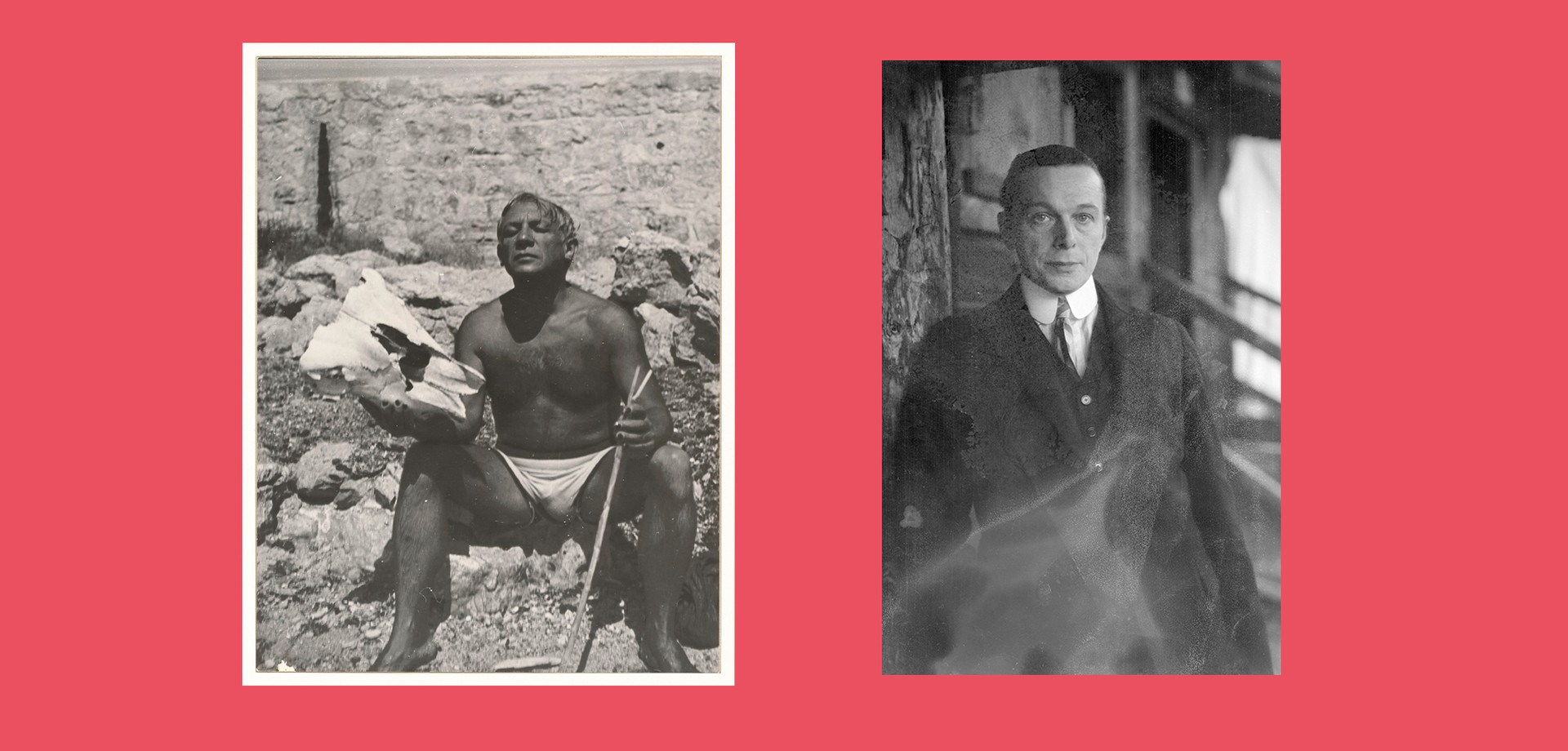
Portrait & Nude
Among the most well-known works by both artists are their expressive portraits. The focus is on the likenesses of their respective life partners. These portraits also clearly illustrate the stylistic developments of Kirchner and Picasso. The subject of the bather, a symbol of insouciance and joie de vivre, is also a recurring theme in both artists’ works. Whether in the studio or in nature – the nude is a is a recurring subject in the work of both Kirchner and Picasso. The view of naked female bodies contrasted with partially clothed men raises questions about the relationship between painter and model. The studio itself also plays an important role: it is more than just a workspace – here, famous works were created, here, ideas were toyed with, life was lived, and sometimes convivial time was spent.
Self-Staging
Finally, the exhibition sheds light on the self-staging of both artists. Kirchner in particular regularly depicted himself in self-portraits, which offer a glimpse of his personal situation at various points in time. His life as an artist, as well as his struggle with physical and psychological health, are made visible in these works. Picasso, on the other hand, used the mythological figure of the Minotaur for his self-staging and mastered the art of presenting himself through photographic self-portraits.
